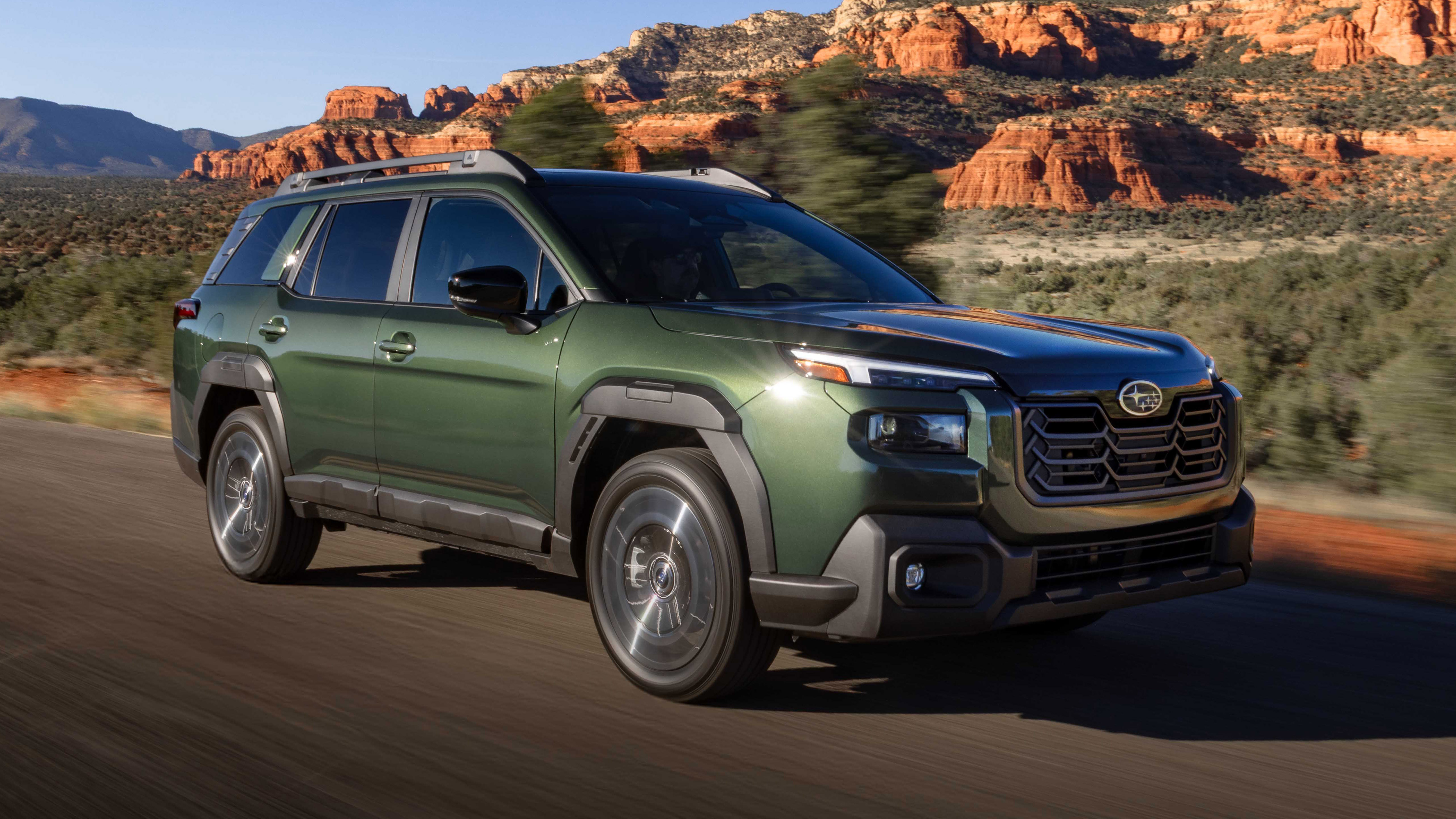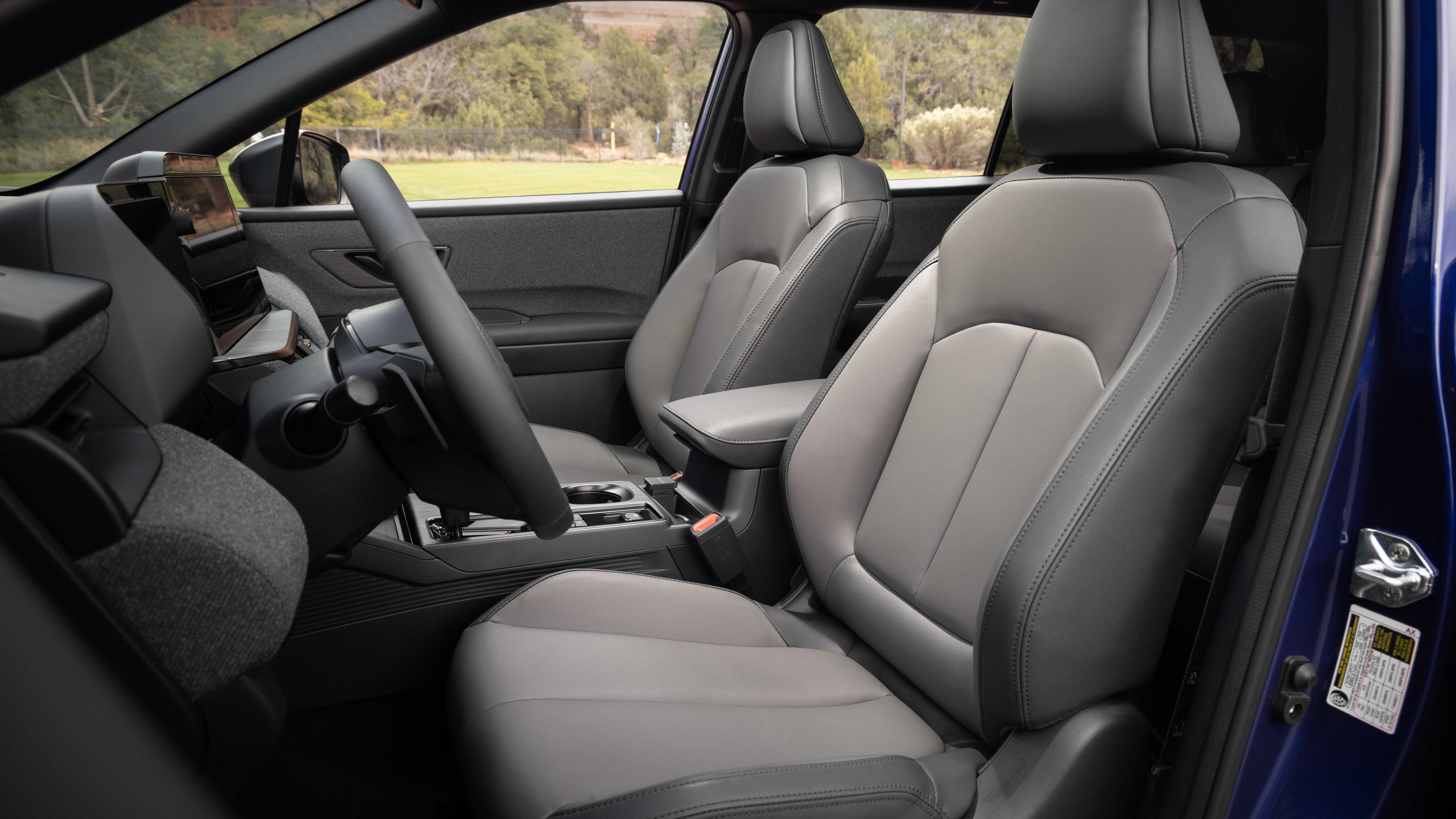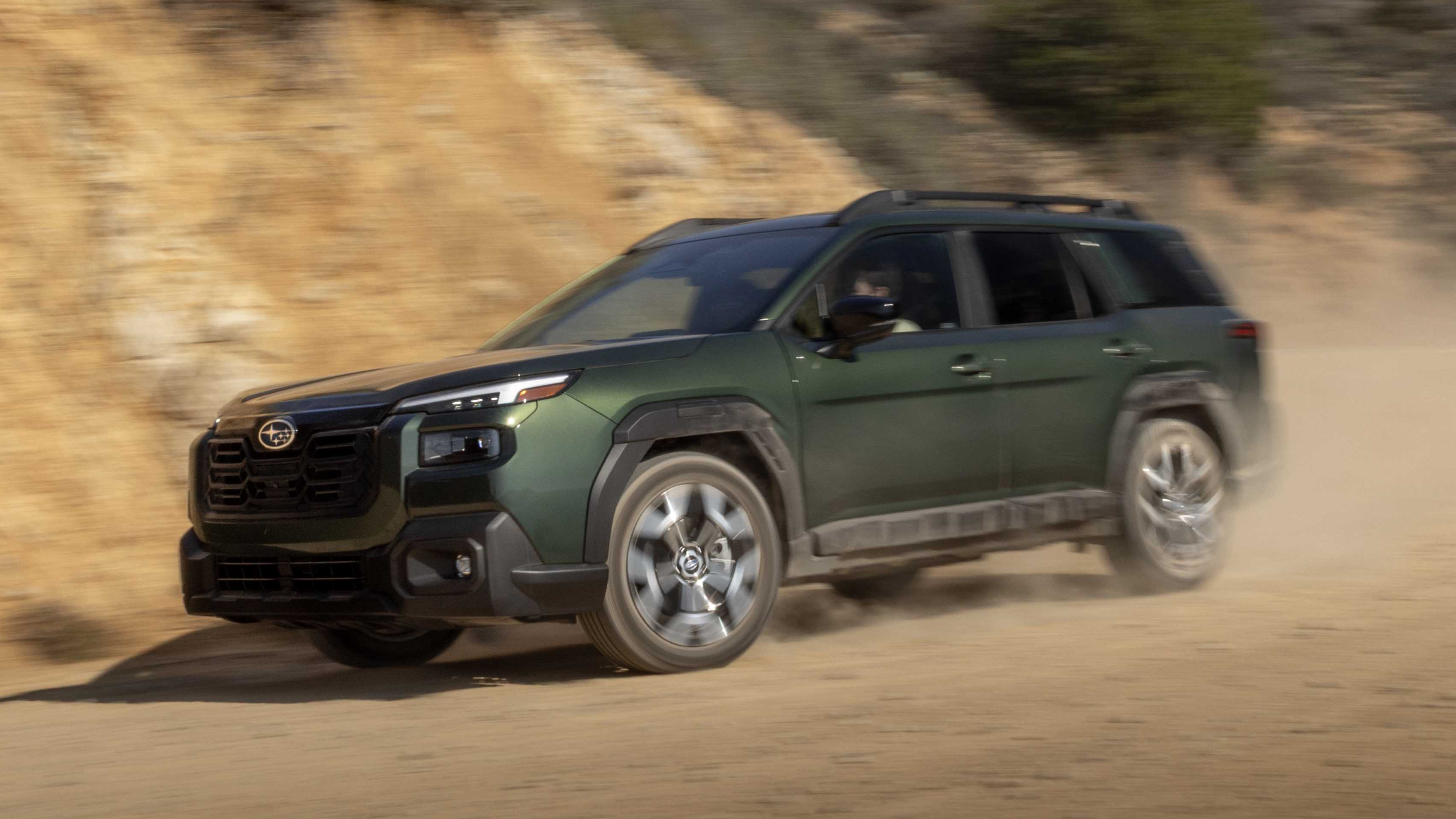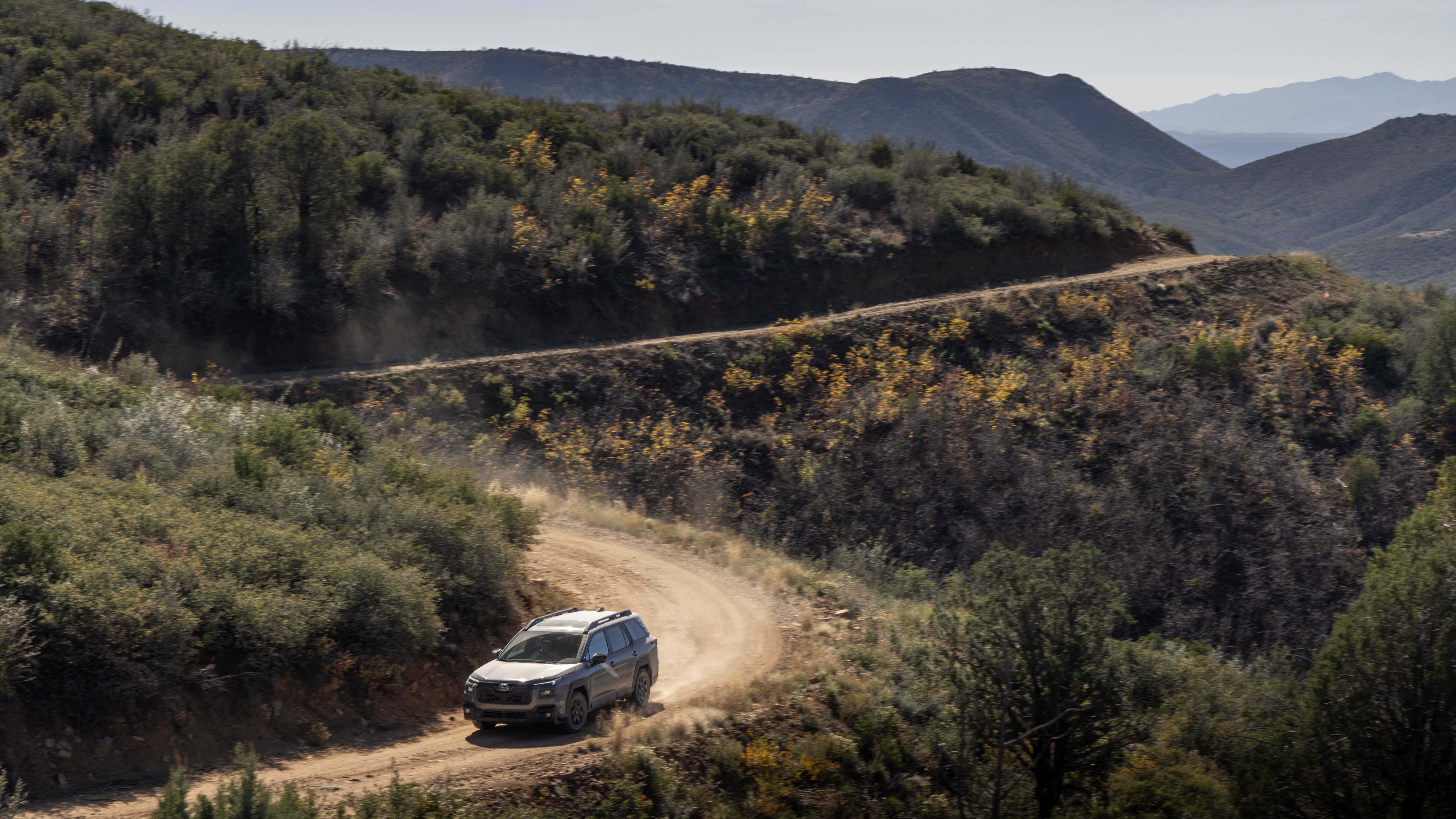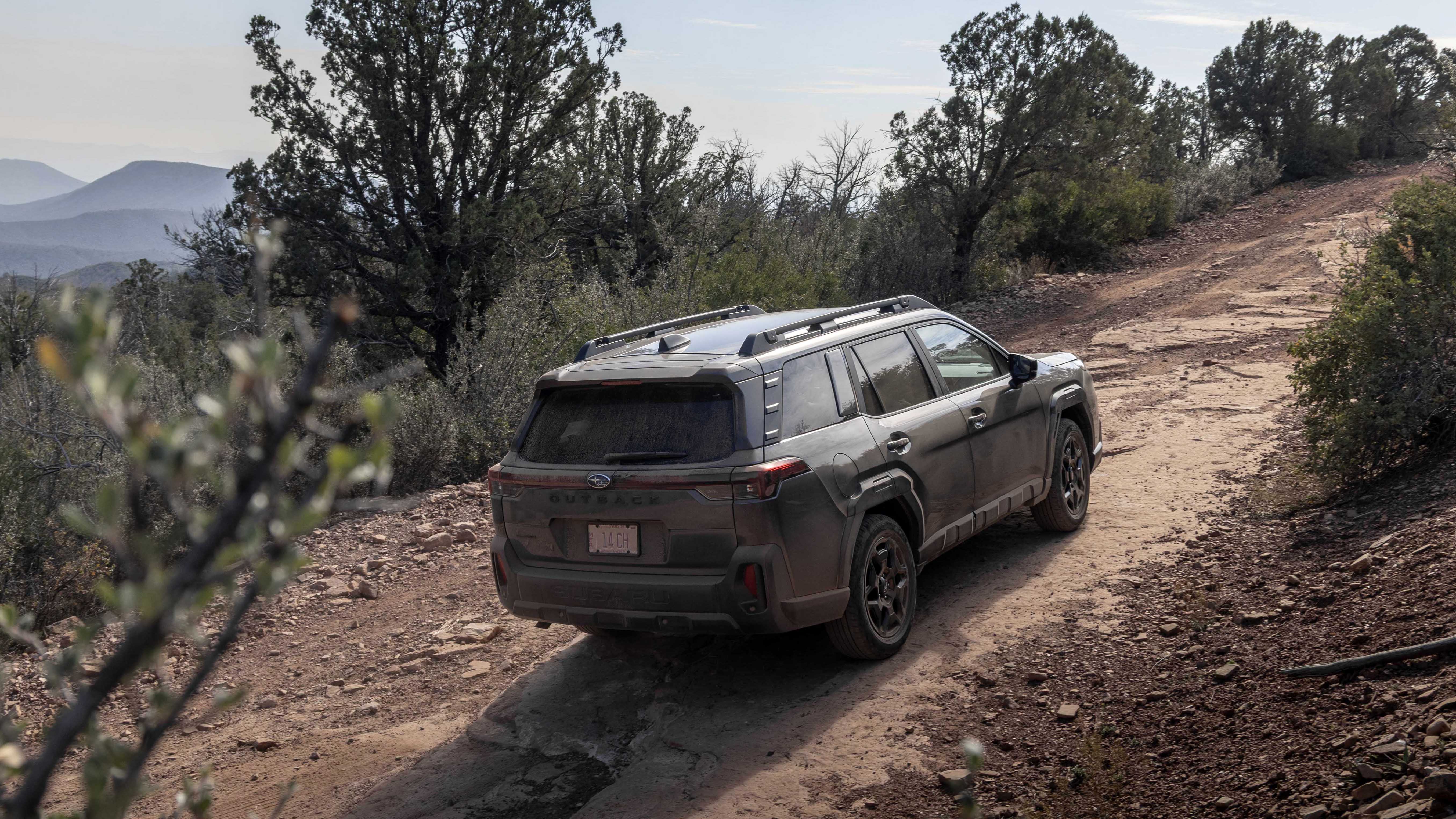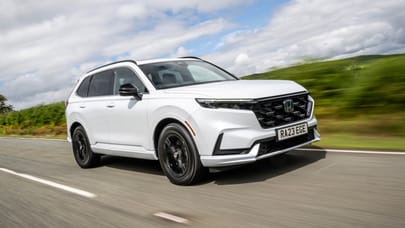
Subaru Outback (US) review
Good stuff
Roomy interior, rugged design, solid all-rounder
Bad stuff
Hum-drum driving experience, questionable interior design choices, another crossover to add to the pile
Overview
What is it?
We’re still sort of chewing on that. This is the all-new Subaru Outback, the rugged wagon-ish vehicle that’s usually a refreshing break from the usual SUV saturation of the automotive landscape. For 2026, Subie made a multitude of changes based on countless customer feedback notes. As it turns out, Outback customers… want an SUV.
But Subaru has those!
Hey, don’t shoot the messenger. For generations, the Outback was intertwined with the Legacy sedan, and with the latter being put out to pasture, the Outback has been untethered and allowed to be its own thing, which now happens to be a small crossover SUV. Not to be confused with the Subaru Crosstrek, a small crossover SUV, or the Forester, a mid-sized SUV, or the…
Okay, point made.
Right. Well, this is a sign to kiss your Impreza on the lips and tell it how much you appreciate it.
So what are the details?
The Outback is an all-wheel drive utility vehicle powered by either a 2.5-liter four-cylinder boxer engine or a turbocharged 2.4-liter boxer-four. The former cooks up 180hp and 178 lb ft of torque, while the latter produces 260hp and 227 lb ft. Power is split between the axles by way of a CVT transmission with eight distinct ratios. It retains Subaru’s signature symmetrical AWD system that varies front-to-rear torque distribution based on the situation.
Suspension-wise, it rides on an independent setup with Wilderness models including electronically controlled dampers and adding 9.5 inches of ground clearance as opposed to the 8.7 inches standard on other models.
What’s SUV about it now?
Mainly its shape, though it endeavors to maintain something of a wagon-like silhouette. Apart from leaning into a more aggressive, rugged design, there’s been improvements to the interior space, specifically in the headroom department, adding another inch or so for both front and rear passengers. This and the boxy nature of the exterior has also led to an increase in cargo volume, upping it from 32.6 cu ft and 75.6 cu ft (rear seats up, rear seats down) to 34.6 and 80.5 cu ft, respectively. With this said, the overall exterior dimensions remain nearly identical, with the only significant change being a 1.4in increase in height.
How does it drive?
Wherever you’re going, the Outback will probably get you there, though it won’t exactly add to the journey. For instance, a sporty grand tourer will define the experience of a long road trip or a rugged off-roader will feel, if not powerful, very adept at negotiating the challenging terrain. Subaru’s ex-wagon is indeed capable and built for adventure, but there are little thrills to be had, on or off the pavement.
On the road, the modest power from either of the engines is just enough to get you to highway speeds, eventually and contingent on how loaded up the vehicle is, leaving the fun stuff to its sportier siblings, the BRZ and WRX. It makes up for this though with more attention to cabin noise reduction, so it’s at least pleasant while you gradually make your way across the landscape.
The Outback’s most prominent legacy (ha) feature from its life as a wagon is probably its car-like suspension, which gets the job done but lacks the travel inherent in a larger utility vehicle’s setup. Dampers on the Wilderness models at least try to make up the difference, but try any proper off-roading in any other model, and the Outback feels like it’s taking you on a Griswold family-style misadventure down the wrong road.
What’s it like inside?
The Outback’s been strong in the interior comfort department for a while and the extra cabin room goes a long way in affirming this for the current model. Subaru went to great lengths to get the practical details right, including significant cupholder development.
It sounds a little silly but these are the things that matter, at least according to Outback owner feedback. Yes, it’s important to make a car that can potentially shuttle you on a grand wilderness adventure, but it’s just as, if not more, important that it’s easy to load after a hefty supermarket shop.
Safety is part and parcel with Subaru, and its driver monitoring system is standard across all trims. It works with its adaptive cruise control system and will even pull the car over to the shoulder if it senses the driver’s been unresponsive to alerts. Speaking of tech, the Outback is fitted with a new 12.1in infotainment display paired with a digital 12.3in driver display for, well, the driver.
What's the verdict?
In a world where SUVs reign supreme, the sprightly wagon used to be a breath of fresh air, but the Outback has now crossed the utility vehicle Rubicon and joins the pack in an effort to broaden its appeal while still catering to its niche fanbase. What made it a top-notch wagon might not be enough to make it stand out as an SUV, however.
Yes, the look is more chiseled, and some of the charm is faded as it dresses to conform with its new contemporaries, but taken for what it is - whatever it is - the Outback remains a plucky family vehicle suited for accomplishing tasks on and off the grid. Its modest power and versatile interior matched with an accessible price tag make it a smart, value-for-money daily runabout that shouldn’t be overlooked, regardless of its current identity crisis.




